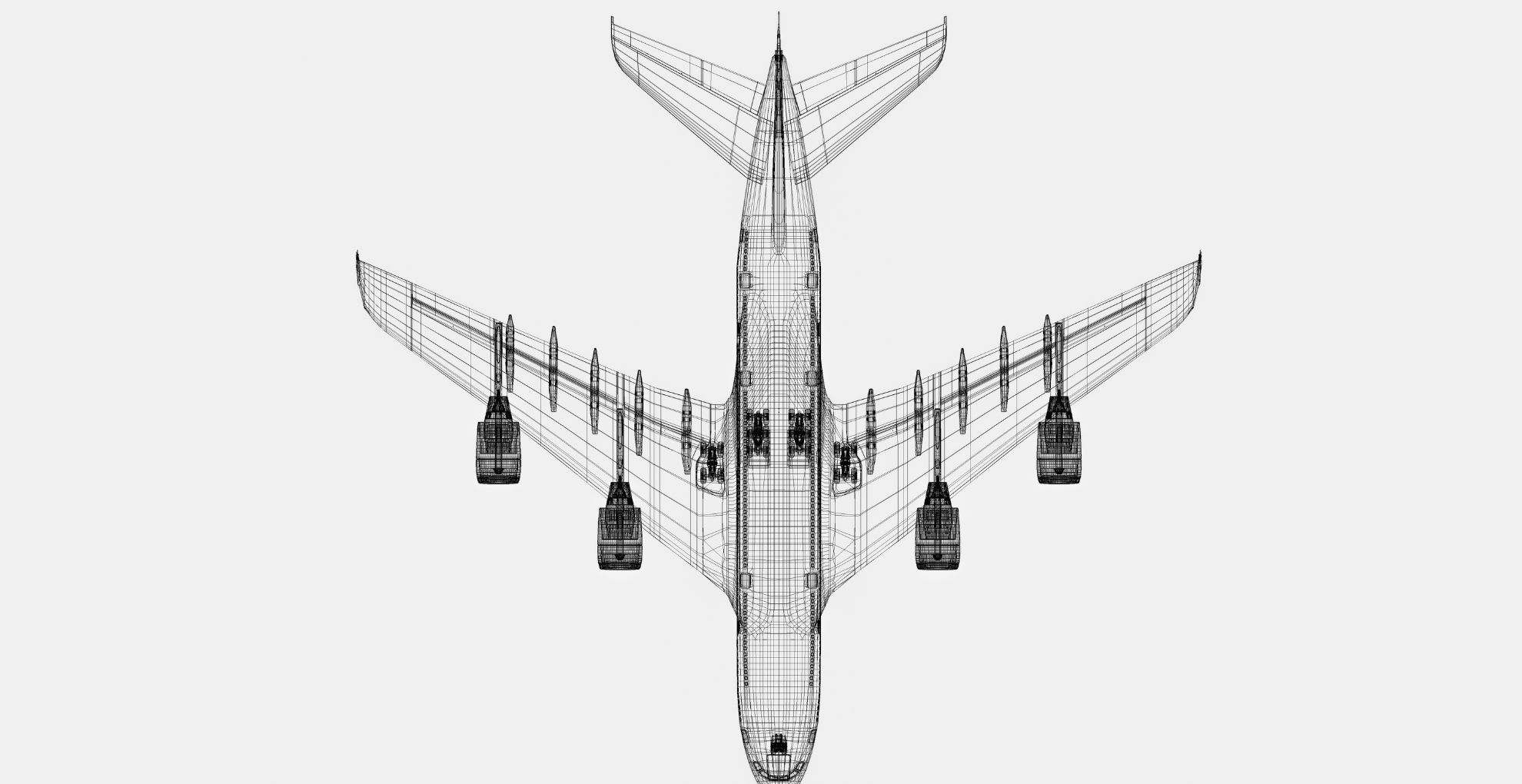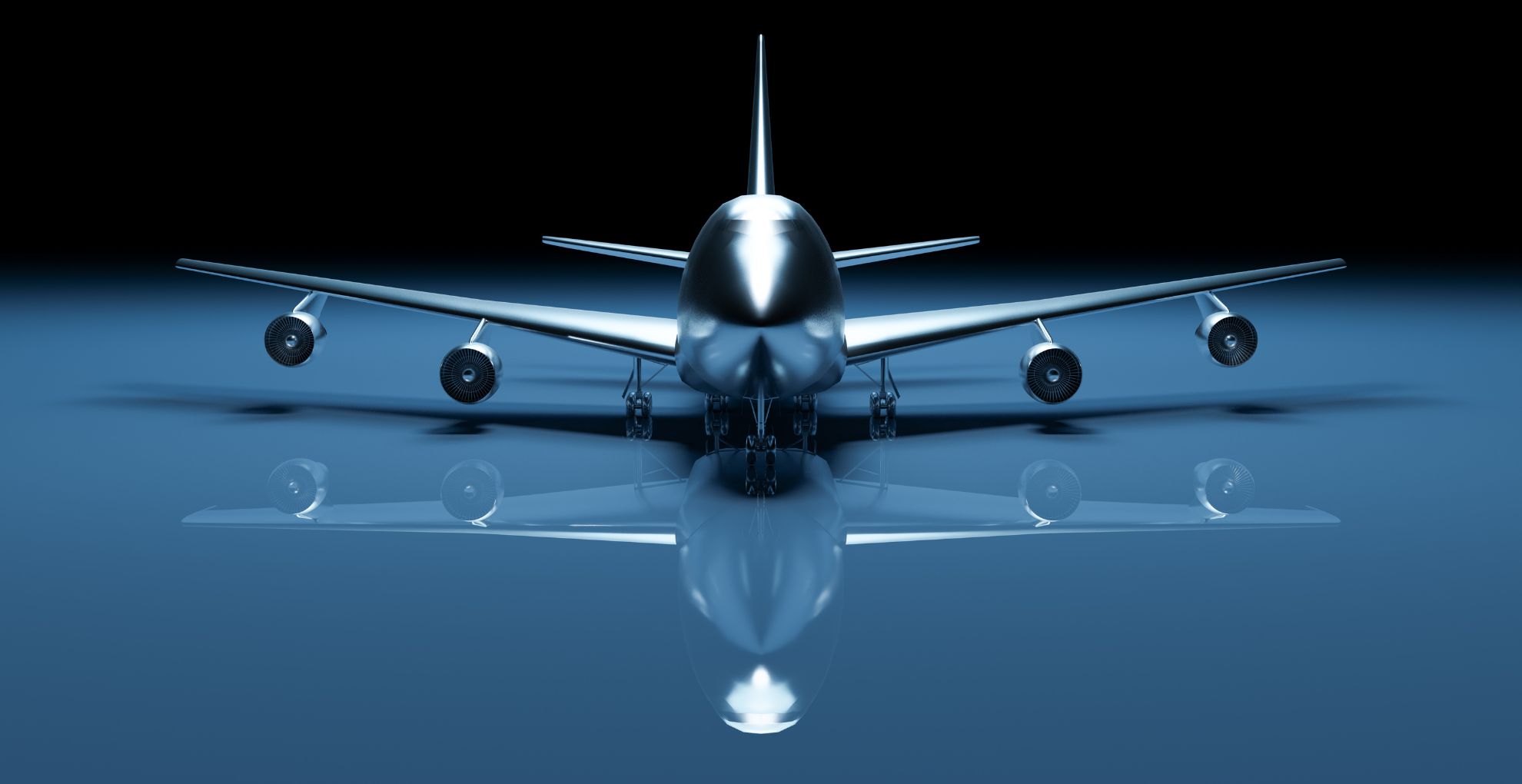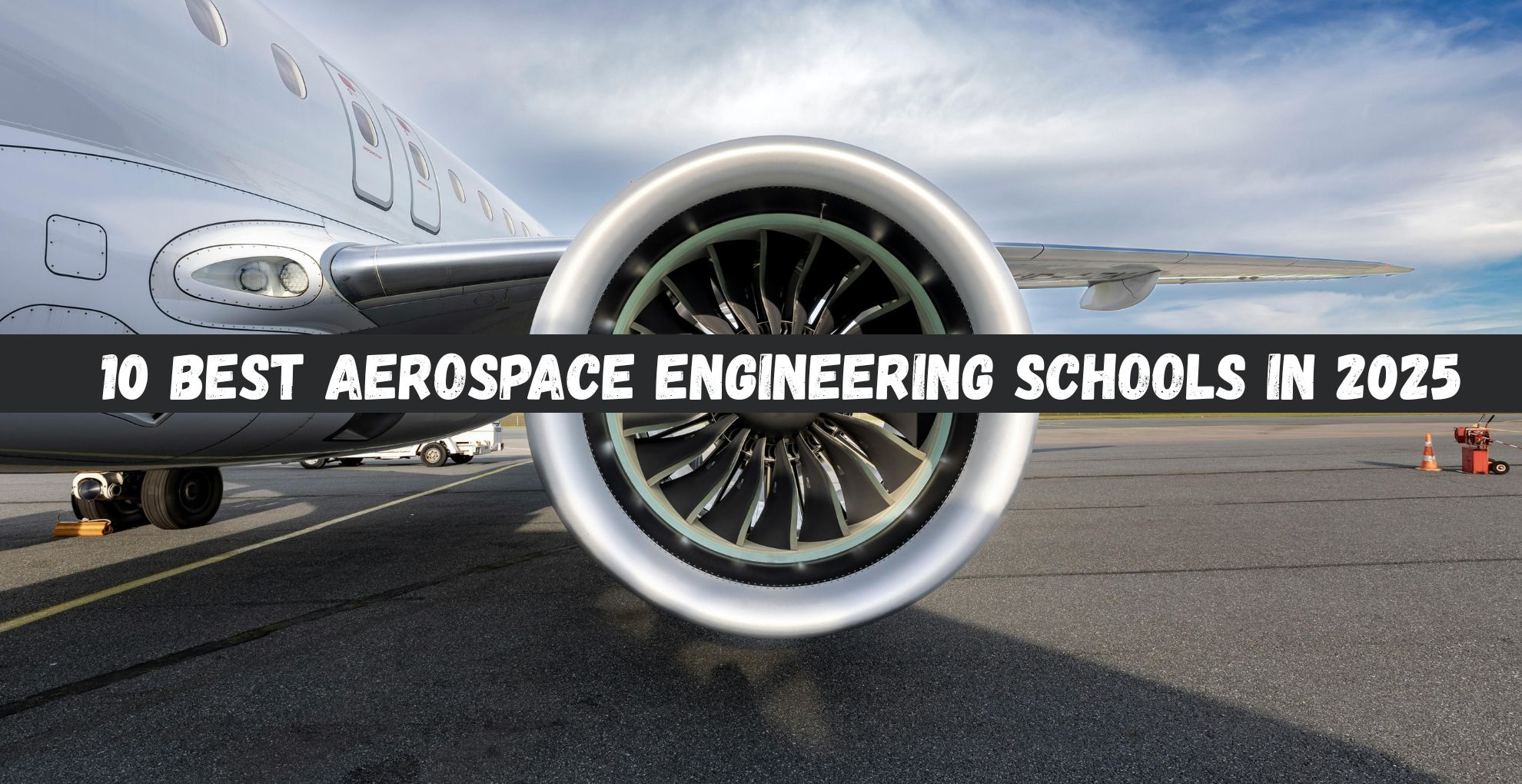For students who grew up watching space shuttles launch or dreaming of designing the next generation of jets, aerospace engineering is more than just a major—it’s a calling. In 2025, the demand for skilled aerospace engineers continues to rise as innovation in space exploration, defense, and aviation surges ahead. But the path to success begins with choosing the right school.
Whether you’re drawn to the precision of jet propulsion, the intricacies of fluid mechanics, or the endless possibilities of deep space exploration, the right university can set your dreams in motion. In this guide, we’ll explore the 10 best aerospace engineering schools in 2025, each offering cutting-edge resources, renowned faculty, and real-world opportunities.
What Makes a Top Aerospace Engineering School?
Key Factors to Consider
When choosing the best aerospace engineering school, students should think beyond rankings. Consider:
ABET Accreditation: Ensures high academic standards.
Specialization Options: Some schools offer unique tracks in aeronautics, astronautics, or propulsion.
Hands-On Learning: Research labs, co-ops, and internships can significantly boost experience.
Reputation & Alumni Network: Schools with strong reputations often offer better career opportunities.
Global Perspective: Consider whether the school has international research partnerships or diverse student populations.

The 10 Best Aerospace Engineering Schools in 2025
1. Massachusetts Institute of Technology (MIT) – Cambridge, MA
MIT continues to dominate aerospace engineering education. With a long history of space research and world-renowned faculty, the Department of Aeronautics and Astronautics provides students with unmatched research opportunities and hands-on design labs.
- Tuition: $19,998
- Acceptance Rate: 7%
- Why It Stands Out: MIT alumni include astronauts, NASA engineers, and aerospace CEOs.
2. Stanford University – Stanford, CA
Stanford blends rigorous academics with innovation. Aerospace students often work closely with faculty on funded research, and the school’s proximity to Silicon Valley brings access to private space and defense companies.
- Tuition: $20,023
- Acceptance Rate: 5%
- Notable Perk: Interdisciplinary programs allow for tech-focused customization.
3. California Institute of Technology (Caltech) – Pasadena, CA
Despite its small size, Caltech makes a big impact. The institute is a powerhouse in propulsion and fluid dynamics research, with close ties to NASA’s Jet Propulsion Laboratory (JPL).
- Tuition: $26,591
- Acceptance Rate: 7%
- Cool Fact: Caltech engineers helped build the Mars rovers.
4. Georgia Institute of Technology – Atlanta, GA
Georgia Tech’s Daniel Guggenheim School of Aerospace Engineering consistently ranks among the top. The school has deep industry ties and offers multiple research centers for aerodynamics, UAVs, and space systems.
- Tuition: $21,410
- Acceptance Rate: 21%
- Unique Edge: Robust co-op and internship programs with major aerospace firms.
5. University of Michigan – Ann Arbor, MI
Michigan’s aerospace program is known for strong theoretical foundations and a vibrant research environment. Students benefit from world-class wind tunnels and lab facilities.
- Tuition: $17,832
- Acceptance Rate: 26%
- Student Highlight: Access to over 40 aerospace-related student organizations.
6. University of Texas at Austin – Austin, TX
UT Austin’s Cockrell School of Engineering hosts one of the most innovative aerospace departments in the country. With a focus on research and real-world applications, students are prepared for both private and public sector careers.
- Tuition: $16,892
- Acceptance Rate: 32%
- Highlight: Emphasis on both aeronautics and astronautics.
7. University of Cambridge – Cambridge, UK
A global leader in engineering, Cambridge offers a deeply theoretical approach enriched by historic academic excellence. The university’s aerospace division focuses heavily on aerodynamics and structural integrity.
Why Choose Cambridge?
- Internationally respected research programs.
- Personalized supervision in small groups.
8. Delft University of Technology (TU Delft) – Netherlands
Europe’s best option for aspiring aerospace engineers, TU Delft has one of the most robust aerospace engineering faculties worldwide. Students benefit from Europe’s largest wind tunnel complex and an impressive global alumni network.
Known For: Affordable tuition for EU students and cutting-edge student-led aircraft design teams.
9. National University of Singapore (NUS) – Singapore
NUS combines academic rigor with technological innovation. Its aerospace program has gained rapid prominence in Asia and features partnerships with Boeing and Airbus.
Perks:
- Access to Asia’s growing aerospace market.
- Strong support for international students.
10. Beihang University – Beijing, China
Beihang (formerly BUAA) is a major player in global aerospace education. With extensive research into aviation, rocketry, and defense technology, Beihang is an excellent choice for students seeking to engage with space innovation in Asia.
Why It’s a Top Choice:
- Deep government and industry ties.
- Strong focus on applied research and space systems.

Honorable Mentions
Notable programs that narrowly missed the top 10 but offer exceptional education:
Princeton University – Strong theoretical foundation with access to elite resources.
Imperial College London – Great choice for students looking for an aerospace specialization in the UK.
ETH Zurich (Switzerland) – High-level research and global recognition.
University of California, Berkeley – Strong engineering program with a growing focus on aerospace.
Tips for Choosing the Right School
Think Beyond the Ranking
While reputation matters, the “best” school is ultimately the one that aligns with your goals, learning style, and interests.
Actionable Tips
Visit campuses or attend virtual tours.
Speak with current aerospace students.
Research specific faculty and their work.
Check the availability of scholarships or assistantships.
Consider program size, location, and student diversity.

FAQs About Aerospace Engineering Schools
How long does it take to become an aerospace engineer?
Typically, a bachelor’s degree takes 4–5 years. To specialize or pursue advanced roles, many students go on to earn master’s or doctoral degrees.
What’s the difference between aeronautical and astronautical engineering?
- Aeronautical Engineering: Focuses on aircraft that operate within Earth’s atmosphere.
- Astronautical Engineering: Focuses on spacecraft and systems operating outside Earth’s atmosphere.
Are there scholarships available for aerospace students?
Yes! Many organizations offer scholarships. A few examples include:
- Jacques Borges Memorial Scholarship – For Haitian civil engineering students.
- Anastasiya Y. Hardie Women in Engineering Scholarship – For female immigrant students in engineering.
What kind of careers can I pursue with this degree?
Graduates can work in:
- Aircraft and spacecraft design
- Propulsion systems
- National defense
- Private space companies
- Government agencies like NASA or ESA
Conclusion: Launch Your Future Today
Choosing one of the best aerospace engineering schools in 2025 is about more than prestige—it’s about where your curiosity, drive, and passion for flight and space can take root and soar. Whether you dream of building the next Mars rover or designing the fastest jets, these programs offer the foundation and mentorship you need to thrive.
So look up, stay inspired, and take the first step toward a career that reaches for the stars.




